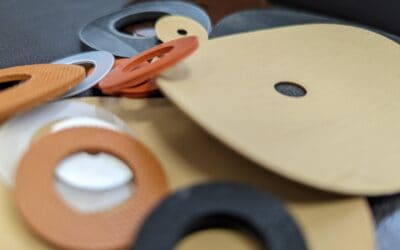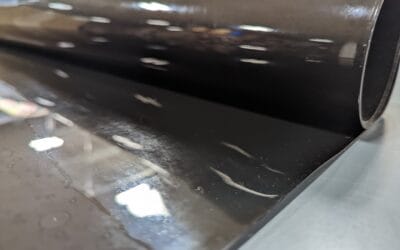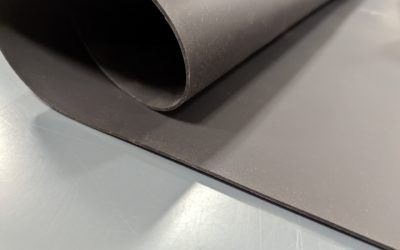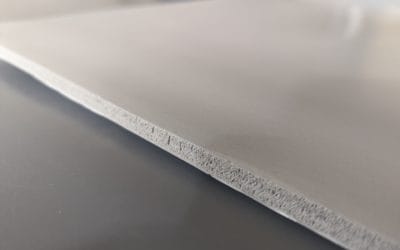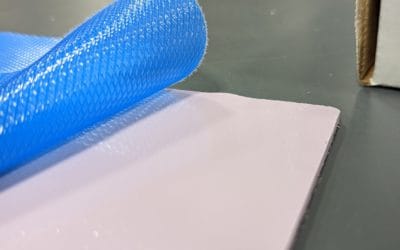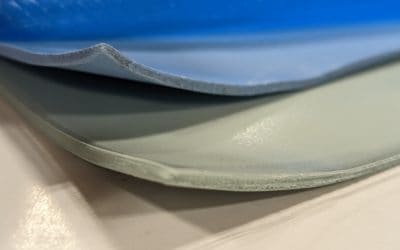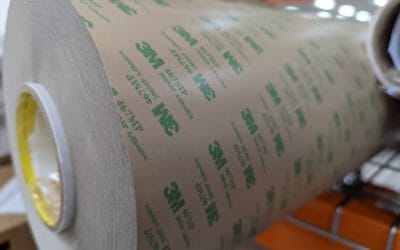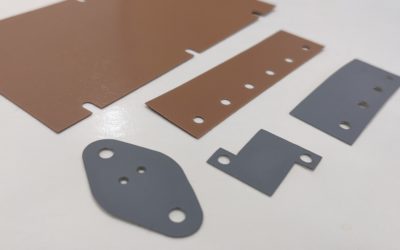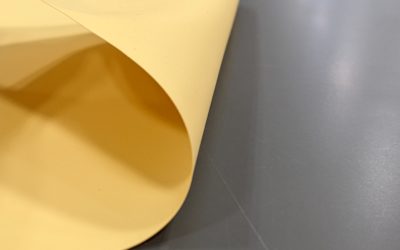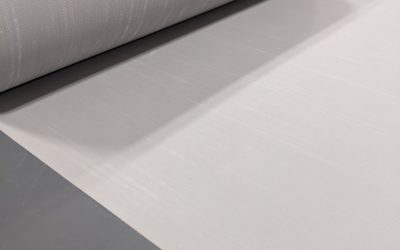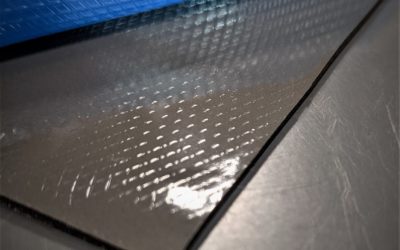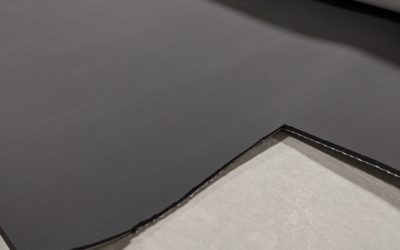Electrical Insulators
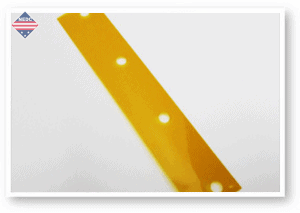
Kapton Insulator
Die-Cut Insulators were one of NEDC first products. This product line went along with gaskets as some of the first parts NEDC cut for customers. When NEDC first started, most electrical insulators were die-cut. However, with the new machinery that NEDC employees, waterjet, laser, and other machines also play a part.
Materials
Many of the materials used for electrical insulation are also used on our other products. In other words, gaskets, and thermal pads may also isolate an electrical current. As a result, materials including plastic, thermal interface pads, rubber, and paper like products all may have the ability to be electrically isolating.
Thermal Pads
One of NEDCs core products are thermal pads. For that reason, its interesting that thermal pads oftentimes serve as electrical insulators. Products such as Sil Pad®, and Gap Pad®, are marketed because of their high volume resistivity making them ideal for electrical insulation while providing a thermal management solution.
Many Gap Pad® products offer electrically insulating properties. Gap Pad® products such as GPVOUS, GPVOS, GP5000S35, GPHC3.0, GPHC5.0 offer high levels of electrical insulating properties. This is in addition to their thermally conductive properties as well.
Many Sil-Pad® products offer electrically insulating properties. Sil Pad® products that are electrically isolating include Sil-Pad 900S, Sil-Pad 2000, Sil-Pad 400, and others.
Thin Plastics
Many thin plastics that NEDC cuts are electrical insulators. Materials like Kapton®, Mylar®, Lexan®, Formex®, G10/FR4 Epoxyglass all may serve as electrical insulators. These plastics can be converted into die-cut insulators.
Mylar® is a polyethylene terephthalate(PET) that is registered by DuPont. These materials usually come in thin films ranging from .002” to .014” in thickness. It is commonly used as an electrical insulator. MYLAR® A is the most common type. Mylar® MO is approved for Class B insulation.
Kapton® is a polyimide film that is registered by DuPont. This plastic can be certified to MIL-P-46112 Type 1, and ASTM D5213 Type 1 Item A. It usually comes in thin formats such as .0005” to .005” in thickness. Anything above this enters into the category of Cirlex®. Common applications include insulation blankets, and insulation tubing. There are a few different types of Kapton Film besides Kapton HN. These include Kapton® FN, Kapton® FWR, Kapton® GS, Kapton® MT+, and Kapton® RS.
Lexan® is a polycarbonate plastic that is oftentimes die-cut in film form. Lexan® plastic is a registered trademark by SABIC. Lexan® is extremely tough, but is formable. There are many different types. However, NEDC mainly die-cuts 8010, FR700, and others.
Formex® is a flame retardant polyproylene plastic. Formex® has excellent electrical properties. This plastic is fungus inert. There is GK-5, GK-10, GK-17, GK-30, GK-40, and GK-62. These plastics run from .005” in thickness to .062”.
Epoxyglass/G10/FR4 is a plastic like material that is really laminated glass with epoxy bonding it together. These materials are oftentimes used as electrical insulators. Most often NEDC die-cuts these materials, the thickness is below .015”. G10 is generally not thought of flame retardant. However, FR4 is flame retardant. MIL-I-24768 encompasses many different options. G10 being /2, and FR4 being /27. These materials are generally available .005”-many inches thick.
Rubber
At NEDC we cut many rubber materials to make gaskets. However, rubber materials can also sometimes serve as electrical insulators. For example, silicone rubber is a great electrical insulator that is commonly used in cables or wiring. Some other rubber materials used for electrical insulation include fluorosilicone, neoprene, EPDM, or urethane.
Silicone Rubber is commonly used as an electrical insulator. In fact, this material is probably the most commonly used material at NEDC. We use silicone rubber for gaskets, insulators, vibration dampening, and many other uses. Common certifications include A-A-59588, ZZR765, and others.
Fluorosilicone Rubber is another commonly used electrical insulator. However, it is not as commonly used as silicone because of its other qualities that tend to make it more expensive. Some specifications include MIL-R-25988, AMS-3329, and others.
Neoprene Rubber is a synthetic rubber also another commonly used electrical insulator. It is used in cable jacketing for wire and cable. It is often flame resistant.
Paper like Products – Die Cut Insulators
Many paper like products serve as electrical insulators. Some common ones that NEDC sees are Nomex®, Fishpaper, Kraft Pulp, and others.
Nomex® is a aramid fiber paper. It has a high dielectric strength. This paper is used for The most common type of Nomex® is Nomex 410. Nomex 410 comes in a number of thicknesses ranging from .002” to .030”.
Fishpaper is an electrically insulating paper that is resistant to heat. It is an excellent insulator used in fuse tubes, and electronic devices. Thicknesses of fishpaper range from thin (.005”) to thicker (.030”). Specifications include MIL-I-495. It mostly comes in dark colors such as gray, or dark blue.
Electrical Qualities to look for with Die-Cut Insulators
Volume Resistivity
Volume Resistvity plays a huge part in die-cut insulators. The higher this number the better. A low number indicates the materials conductivity. This number indicates how much the insulator resists electric currents.
Dielectric Strength
Dielectric Strength is an important metric with die-cut insulators. It helps determine the quality of the insulator. It is defined as the maximum voltage required to produce dielectric breakdown through the material. All the materials above would register a high dielectric strength, for example.
Thermal Pad, Silicone, g10, Sponge
Conclusion
As with most materials NEDC provides, adhesive backing is available on certain products. Some common tapes we use from 3M are acrylic based 9485PC, 9472, 467MP, and 9469PC. For more information on electrical insulators, or you believe you have a project that could use a die-cut insulator, please contact sales@nedc.com.
Electrical Insulators Blog
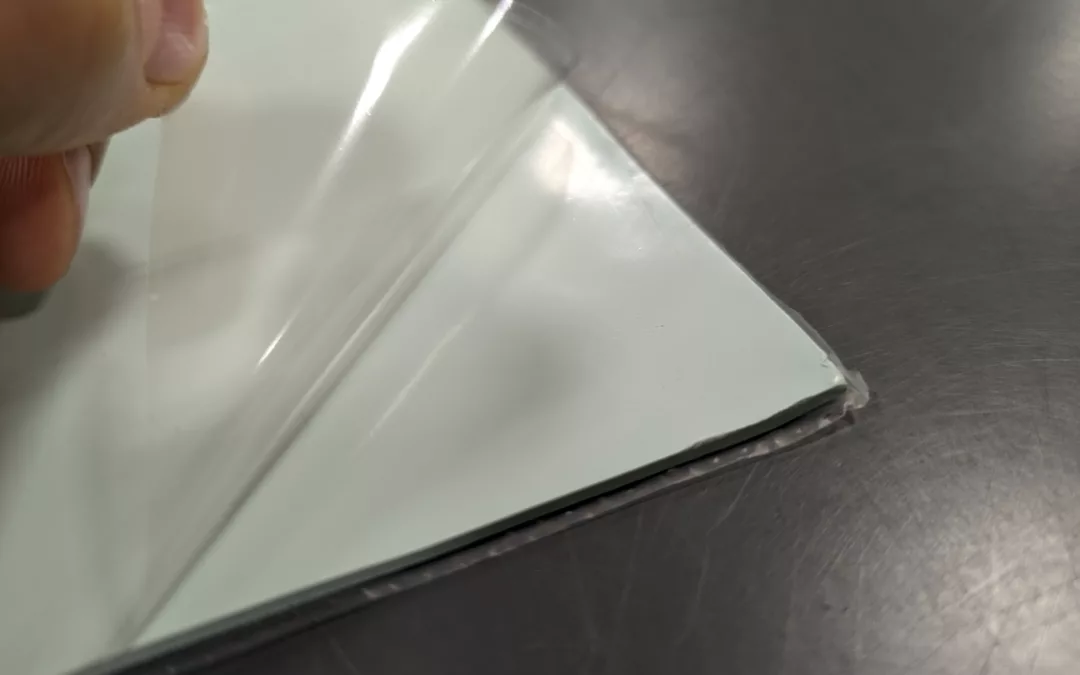
T-Global Technology | Thermal Gap Pads | Thick, Thin, High W/m-K
At NEDC, thermal pads are our specialty. Our manufacturing site is in Methuen, MA. Across the pond, in the United Kingdom, there is a reputable thermal pad manufacturer. This manufacturer is called T-Global Technology. They make a number of thermal interface...
Previous Posts
Thermal Interface Pads/Liquids for Solid State Drives(SSDs)
As the industry moves from hard-drives(HDDs) to solid-state drives(SSDs)....
TFLEX 600 | High-Compliance Thermal Pads | Low-Stress
NEDC manufactures thermal pads for many different customers. The thing I...
Silicone Foam Challenges, and Silicone Foam Alternatives
Over the past two years, silicone foam has become a particularly...
Die-Cut Custom Washers | Rubber, Plastic, Non-Metallic
When you think of Washers you typically think of the thing that you put on before a screw right before you're about to tighten it? We do- but we envision something plastic, or rubber gasketing material. At NEDC we make a different type of washer on a daily basis. What...
Polyurethane Gaskets | Waterjet-Cut/Die-Cut
A lot of the materials that we cut are built for rugged applications. Polyurethane Gaskets stand out when it comes to a tough gasketing material. However, its good to note - this blog is about polyurethane gasketing materials that are one solid piece- not polyurethane...
Flame Retardant Solid Silicone Rubber | Die-Cutting | Waterjet-Cutting
It is often known that a lot of the silicone foams, and silicone sponges that NEDC converts into gaskets are flame retardant. Recently, we did a blog on flame retardant silicone foam/sponge materials. Most gasketing materials are decently fire retardant- however the...
HT-800 Silicone Foam | Die-Cut/Waterjet Cut Gaskets
My favorite silicone foam material is easily HT-800 by Rogers Corp. If someone were to ask why.. (no one is asking) but I’ll explain to all of my 50,000 blog readers why its my favorite silicone foam material. I wrote a blog a few years ago, on silicone foam gaskets,...
GAP PAD TGP HC5000 Color Change | Violet to Natural Gray
6 years ago(I can’t believe that was 6 years ago), I wrote a blog introducing Gap Pad HC5.0, you can find that blog here. Anyways, I remember taking a picture on the day I wrote that blog, and telling everyone I was wearing violet button up shirt(the color of HC5.0)...
Thermal Pad Comparisons for Substitutes | TGP 3000/TGP 5000
As the supply chain issues have taking a toll on the whole world, there is a lot of discussion around finding alternatives for some materials. Since NEDC supplies thermal pads, I wanted to point out a few materials that can be reviewed for similarities when trying to...
3M 200MP Tape Series | Double Coated/Transfer/Double Linered | Die-Cut/Laser-Cut
It is not often you hear someone say they have a “favorite tape”. However as an authorized 3M converter, I’m not afraid to say it- I love 200MP by 3M. 3M 200MP is an adhesive that is coated onto a number of carriers, and liners that yield a number of different tape...
Sil-Pad Die-Cut Configurations | SIL PAD TSP
At NEDC, we cut a lot of custom parts. However, it is much more common to cut parts that are made to a specification or standard. In our M83528/004XDDD post, we talked about Standard Connector Gaskets. In this blog post, we talk about Standard Sil-Pad Configurations....
Sil- Pad 800 AKA SIL PAD TSP 1600 | Die-Cutting
Sil-Pad 800 is a thermally conductive pad that belongs to the Sil-Pad family. It is a thermally conductive silicone rubber that is reinforced with a fiberglass carrier. It is electrically isolating while also having a compliant surface conducive to use in both high,...
Sil-Pad 400 AKA SIL PAD TSP 900 | Die-Cutting
When we are talking about Sil-Pad products, one of my favorites is Sil-Pad 400. Sil-Pad 400 is also known as SIL PAD TSP 900 now. It sounds weird to say, but the refined feeling of the gray silicone pressed into the fabric produces a uniform feeling across the pad...
GAP PAD 1500 aka GAP PAD TGP 1500 | High-Compliance Pad | Die-Cutting
At NEDC, Gap Pads/Thermal Pads are a core product. One uncommon type of material in the thermal pad world is an unreinforced pad. Normally, thermal pads are reinforced to aid with handling. It is unusual for a thermal pad to have enough continuity to be easy to handle...
3M ISOLOSS™ Uses | Waterjet Cutting | Custom Die Cutting
At NEDC, we manufacture custom gaskets all day. One material we use to cut custom gaskets is polyurethane foam. Polyurethane foam is very popular for gap filling, gasketing, and shock absorbing applications. ISOLOSS™ is made by a 3M subsidiary E-A-R. Properties of ...
All of the information presented above is believed to be factual and accurate; however, NEDC is not liable for any design or application utilizing this information.
New England Die Cutting
Capabilities/Products
Quick Links
Popular Blog Posts
No Results Found
The page you requested could not be found. Try refining your search, or use the navigation above to locate the post.
